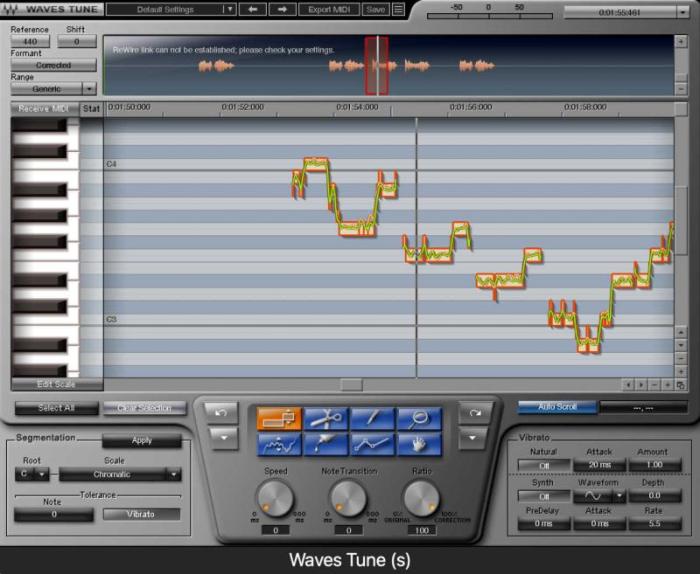Select all the statements about melody in twentieth-century music. – In the realm of music, the twentieth century witnessed a transformative evolution of melody, marked by a departure from traditional tonality and the emergence of groundbreaking techniques. This essay delves into the fascinating journey of melody during this period, examining its expansion, fragmentation, and the profound impact of technological advancements.
From the shift towards atonality and chromaticism to the incorporation of non-Western influences and extended vocal techniques, this exploration unveils the richness and diversity that characterized twentieth-century melody. It sheds light on the increased use of dissonance, polytonality, and the fragmentation of melodies, reflecting the complexities of modern society.
Evolution of Melodic Techniques

The twentieth century witnessed a profound shift in melodic practices, marked by a departure from traditional tonality towards atonality and chromaticism. This transition challenged the established harmonic and melodic structures, leading to the emergence of new melodic techniques and approaches.
Serialism
- A compositional technique based on organizing pitch and other musical elements in predetermined sequences or series.
- Melodies constructed using serial principles exhibit a high degree of organization and complexity, often devoid of traditional tonal centers.
Aleatoric Melodies
- Melodies that incorporate elements of chance or indeterminacy.
- Composers introduce aleatory elements into melodies by allowing performers to make spontaneous decisions or by using random processes to generate melodic material.
Expansion of Melodic Resources

The twentieth century saw an expansion of melodic resources beyond traditional Western musical practices.
Non-Western Influences
- Composers incorporated non-Western musical influences, such as microtones and non-traditional scales, into their melodic writing.
- These influences enriched the melodic palette, introducing new intervals and melodic contours.
Extended Vocal Techniques
- Composers explored extended vocal techniques, such as Sprechstimme and falsetto, to expand the expressive possibilities of melody.
- These techniques allowed singers to produce non-traditional vocal sounds, enhancing the melodic range and expressiveness.
Melodic Complexity and Fragmentation
Twentieth-century music witnessed an increase in melodic complexity and fragmentation.
Dissonance and Polytonality, Select all the statements about melody in twentieth-century music.
- Composers employed dissonance and polytonality to create more complex and dissonant melodic lines.
- This shift challenged traditional notions of consonance and harmony, expanding the melodic vocabulary.
Fragmentation and Discontinuity
- Melodies became more fragmented and discontinuous, often reflecting the fragmentation of modern society.
- Composers broke away from traditional melodic structures, creating melodies that were disjointed and asymmetrical.
Technological Advancements and Melodic Innovation: Select All The Statements About Melody In Twentieth-century Music.
Technological advancements played a significant role in melodic innovation during the twentieth century.
Electronic Instruments
- The advent of electronic instruments, such as the synthesizer, provided composers with new timbres and sound-generating possibilities.
- Electronic instruments enabled the creation of melodies with unprecedented sonic textures and timbral variation.
Sound Manipulation
- Composers used sound manipulation techniques, such as sampling and looping, to create novel melodic textures.
- These techniques allowed for the transformation and manipulation of melodic material, leading to new and innovative melodic possibilities.
Melodic Experimentation in Different Genres

Melodic innovation in the twentieth century extended across various musical genres.
Jazz
- Jazz musicians experimented with chromaticism, dissonance, and polytonality in their melodic improvisations.
- Jazz melodies became more complex and sophisticated, incorporating elements of other musical styles.
Classical Music
- Classical composers explored serialism, aleatoric techniques, and extended vocal techniques in their melodic writing.
- These techniques led to the creation of challenging and unconventional melodies that pushed the boundaries of classical music.
Popular Music
- Popular music incorporated melodic influences from various genres, including jazz, blues, and rock.
- Popular melodies became more diverse and eclectic, reflecting the changing musical landscape of the twentieth century.
Frequently Asked Questions
What are some key characteristics of twentieth-century melody?
Twentieth-century melody is characterized by a shift away from traditional tonality, the emergence of atonality and chromaticism, and the incorporation of non-Western influences and extended vocal techniques.
How did technological advancements influence melody in the twentieth century?
Electronic instruments and sound manipulation techniques enabled composers to explore novel melodic textures, including sampling, looping, and other digital techniques.
What is the significance of melodic experimentation in different genres?
Melodic innovation in genres such as jazz, classical, and popular music contributed to the expansion of melodic possibilities and influenced contemporary musical practices.